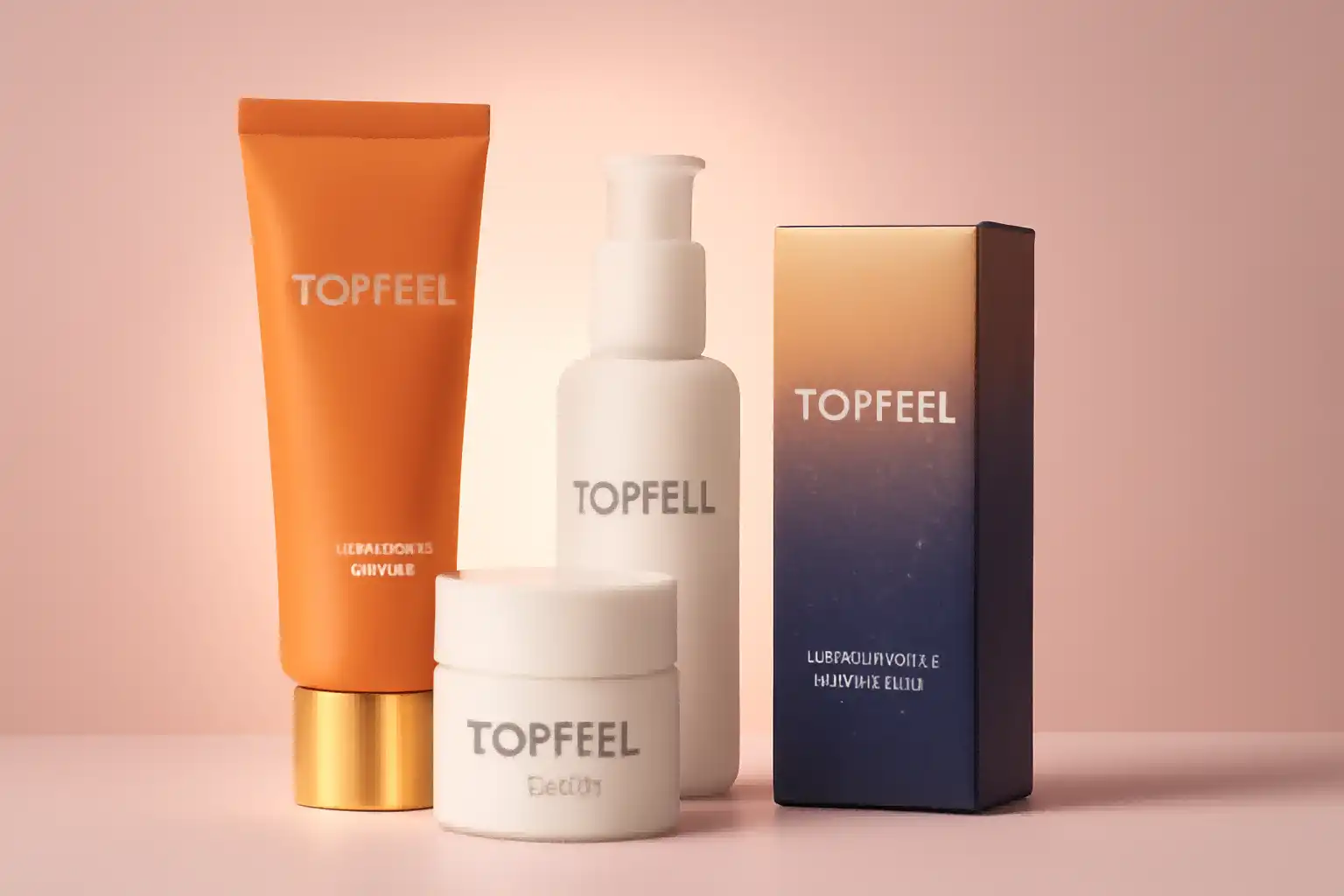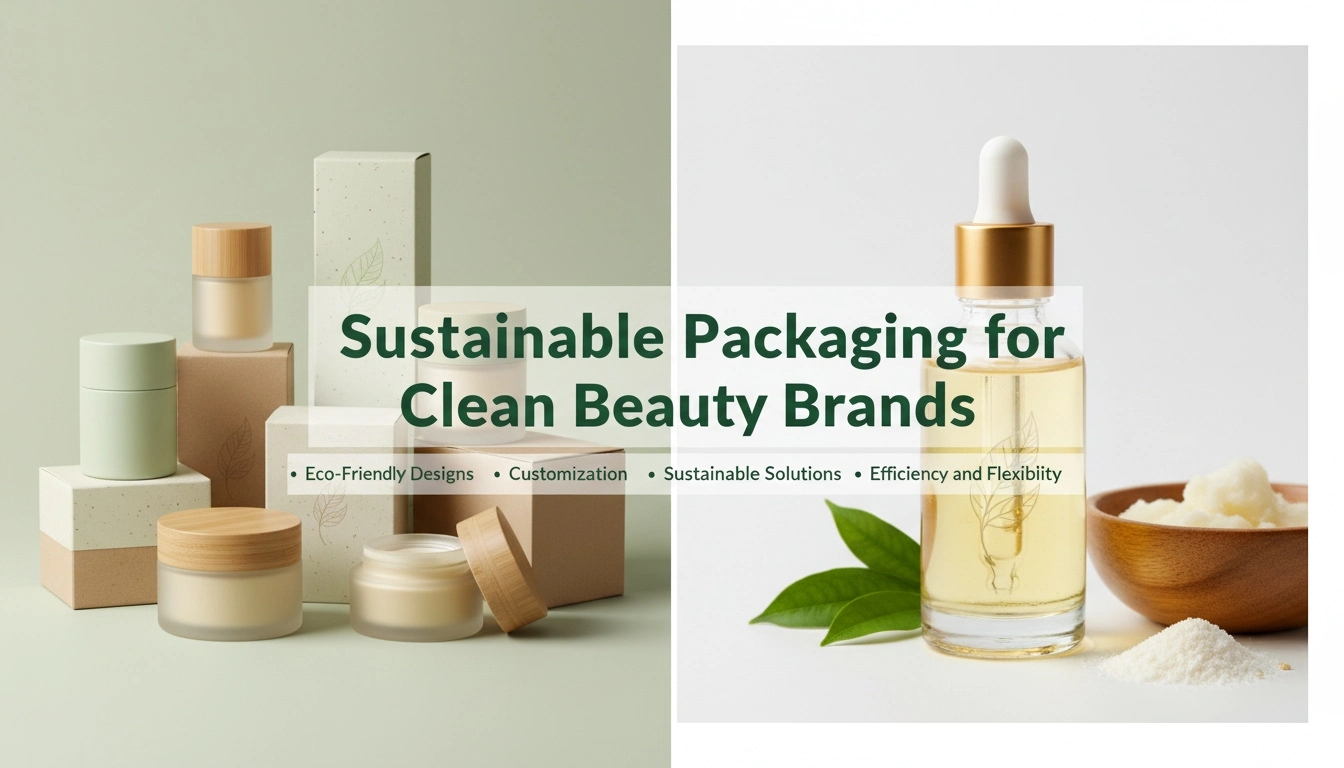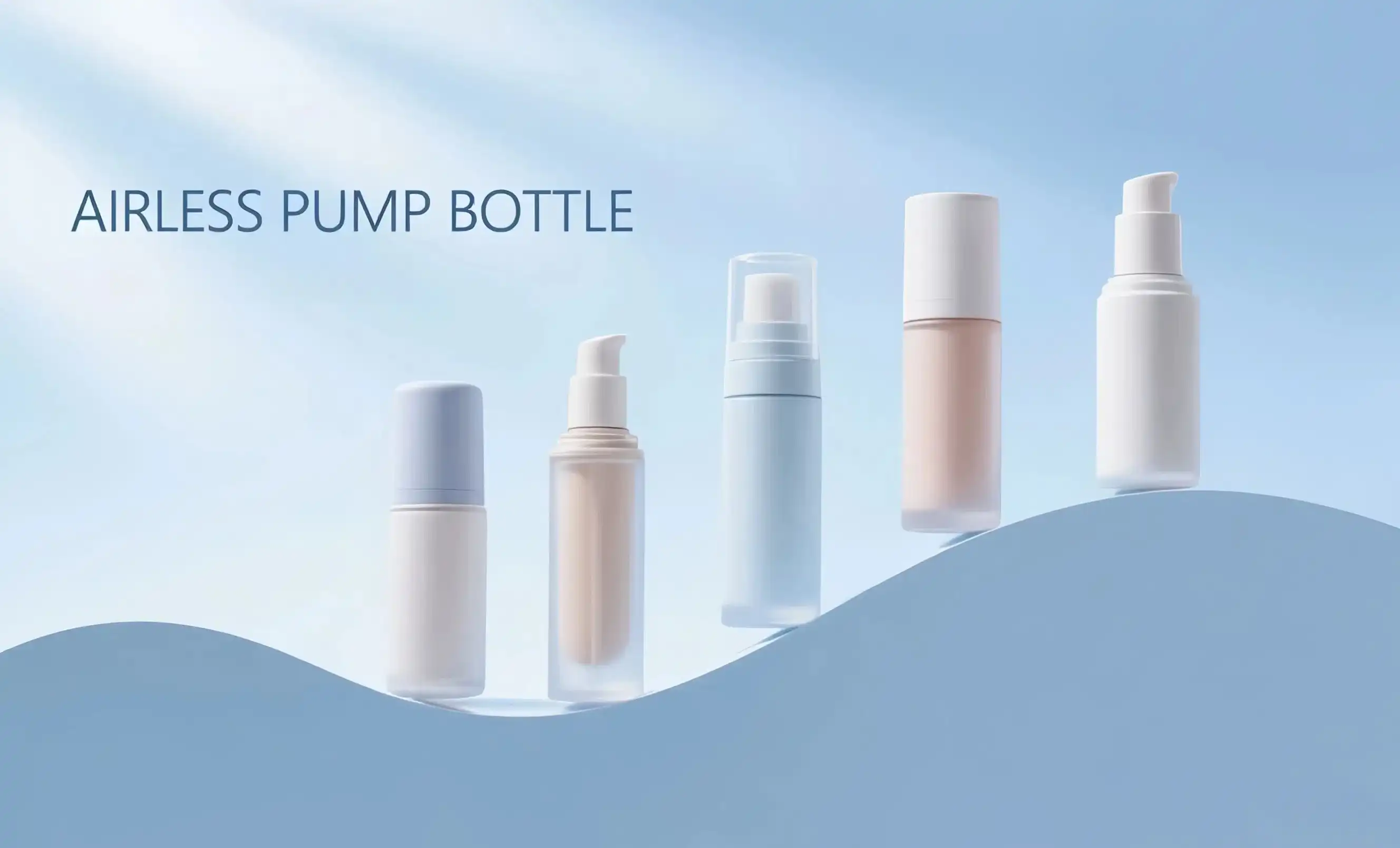What Materials Are Used in Luxury Makeup Packaging?
Luxury makeup packaging often utilizes high-quality materials that not only protect the product but also convey a sense of prestige and exclusivity. These materials are carefully selected to enhance the overall user experience and reflect the brand's image.
Glass: Elegance and Sustainability
Glass is a popular choice for luxury cosmetic packaging due to its elegant appearance and recyclability. It's often used for foundations, serums, and perfumes. Glass packaging can be customized with various finishes, such as frosted or gradient effects, to create a unique look.
Metals: Durability and Sophistication
Metals like aluminum, brass, and stainless steel are frequently used in high-end cosmetic packaging. These materials offer durability and a luxurious feel. Metal compacts, lipstick cases, and perfume bottles are common examples of metal usage in beauty packaging.
Premium Plastics: Versatility and Innovation
While plastic is often associated with mass-market products, premium plastics like PETG and acrylic are used in luxury cosmetic packaging. These materials offer versatility in design and can be engineered to mimic glass or metal while being lighter and more shatter-resistant.
Sustainable Materials: Eco-Luxury Packaging
With increasing environmental awareness, many luxury brands are turning to sustainable materials for their packaging. This includes recycled plastics (PCR), bamboo, and biodegradable materials. These eco-friendly options allow brands to maintain a luxurious image while appealing to environmentally conscious consumers.
How Packaging Design Influences Makeup Product Shelf Life
The design of makeup packaging plays a significant role in preserving the quality and extending the shelf life of makeup products. Proper packaging can protect against contamination, oxidation, and degradation, ensuring that the product remains effective and safe for use.
Airless Packaging: Preserving Product Integrity
Airless packaging systems, such as those offered by Topfeelpack, are designed to minimize air exposure and maintain product effectiveness. These innovative containers use a vacuum mechanism to dispense the product without allowing air to enter, thereby extending shelf life and preserving the integrity of sensitive ingredients.
UV-Protective Packaging: Shielding from Light Damage
Many cosmetic products, especially those containing natural or organic ingredients, are sensitive to light exposure. UV-protective packaging, often in the form of dark or opaque containers, helps shield the product from harmful UV rays that can cause degradation and reduce efficacy.
Airtight Seals: Preventing Contamination
Airtight seals and closures are essential for preventing bacterial contamination and maintaining product freshness. This is particularly important for water-based formulations and products with limited preservatives. Packaging with secure, airtight closures can significantly extend a product's shelf life.
Temperature-Resistant Materials: Stability in Various Conditions
Cosmetic products often need to withstand temperature fluctuations during shipping and storage. Packaging materials that can maintain stability across a range of temperatures help preserve the product's consistency and effectiveness, contributing to a longer shelf life.
The Psychology of Color in Cosmetic Packaging Design
Color plays a powerful role in cosmetic packaging design, influencing consumer perceptions, emotions, and purchasing decisions. Understanding the psychology of color can help brands create packaging that resonates with their target audience and effectively communicates product benefits.
White: Purity and Simplicity
White packaging often conveys a sense of purity, cleanliness, and simplicity. It's frequently used for skincare products, particularly those marketed as natural or gentle. White can also create a blank canvas that allows other design elements or the product itself to stand out.
Black: Luxury and Sophistication
Black packaging is often associated with luxury, sophistication, and elegance. It's a popular choice for high-end makeup products and fragrances. Black can create a sense of mystery and allure, making products feel more exclusive and desirable.
Pink: Femininity and Youth
Pink is frequently used in makeup packaging to evoke feelings of femininity, youthfulness, and playfulness. It's often seen in products targeted towards younger consumers or those with a more whimsical brand image. Different shades of pink can convey various messages, from soft and romantic to bold and energetic.
Green: Natural and Organic
Green packaging is often used to signify natural, organic, or eco-friendly products. It can evoke feelings of health, growth, and environmental consciousness. Brands focusing on sustainability or botanical ingredients frequently incorporate green into their packaging design.
Gold and Silver: Premium and Prestige
Metallic colors like gold and silver are often used to convey a sense of luxury and prestige. These colors can make packaging feel more valuable and high-end, appealing to consumers looking for premium cosmetic products.
FAQ
1. How does makeup packaging affect the shelf life of products?
Good makeup packaging helps protect products from contaminants, moisture, and air, which can extend shelf life. Airtight packaging, like pumps or sealed tubes, prevents oxidation and ensures the formula remains effective.
2. What are the trends in makeup packaging in 2025?
Trends in 2025 focus on sustainability, with brands using recyclable, biodegradable, or reusable packaging. There's also a rise in minimalist designs and refillable systems to reduce waste.
3. How does makeup packaging impact consumer purchasing decisions?
Packaging can influence consumer perceptions of quality and brand values. Attractive, innovative, and eco-conscious packaging often attracts customers who are willing to pay more for products that align with their values.
In conclusion, beauty packaging is a multifaceted aspect of the cosmetics industry that combines functionality, aesthetics, and marketing. From the choice of materials to the design elements that preserve product integrity and the psychological impact of color, every detail of cosmetic packaging plays a role in the success of a beauty product. As the industry continues to evolve, with increasing focus on sustainability and innovation, beauty packaging will remain a critical factor in product development and brand differentiation.
For brands and manufacturers looking to elevate their cosmetic packaging, Topfeelpack offers advanced solutions that address many of the key considerations discussed in this guide. Our airless bottles are specifically designed to prevent air exposure, maintaining product effectiveness and ensuring a longer shelf life. We understand the unique needs of various sectors within the beauty industry, from high-end skincare brands to trendy makeup lines and DTC beauty companies.
At Topfeelpack, we pride ourselves on our commitment to sustainability, fast customization capabilities, competitive pricing, and rapid delivery. Our team can deliver new products to customers in just 30-45 days, with delivery times of 3-5 weeks for regular orders. We offer custom makeup packaging solutions that meet the specific requirements of our clients, including compliance with environmental regulations, innovative design capabilities, and functional packaging that ensures product integrity.
If you're looking to enhance your beauty product packaging with solutions that combine aesthetics, functionality, and sustainability, we invite you to reach out to us. Our team of experts is ready to assist you in creating packaging that not only protects your products but also elevates your brand in the competitive beauty market. Contact us at pack@topfeelgroup.com to learn more about our cosmetic airless bottles and how we can support your packaging needs.
References
- Johnson, M. (2022). The Evolution of Beauty Packaging: From Functionality to Sustainability. Cosmetic Design Journal, 15(3), 78-92.
- Smith, A. R. (2021). Material Innovations in Luxury Cosmetic Packaging. Packaging Technology and Science, 34(2), 145-160.
- Chen, L., & Wang, Y. (2023). The Impact of Packaging Design on Cosmetic Product Shelf Life. Journal of Cosmetic Science, 74(1), 23-38.
- Thompson, E. (2022). Color Psychology in Beauty Product Packaging: A Consumer Behavior Study. International Journal of Marketing Research, 45(4), 412-428.
- Davis, K. L. (2023). Sustainable Practices in the Beauty Industry: A Focus on Packaging. Sustainability in Cosmetics, 8(2), 105-120.
- Lee, S. H., & Park, J. Y. (2021). Consumer Perceptions of Eco-Friendly Packaging in the Luxury Beauty Sector. Journal of Green Marketing, 12(3), 289-304.


 - 副本_1745399213966.webp)

_1747827716538.webp)

